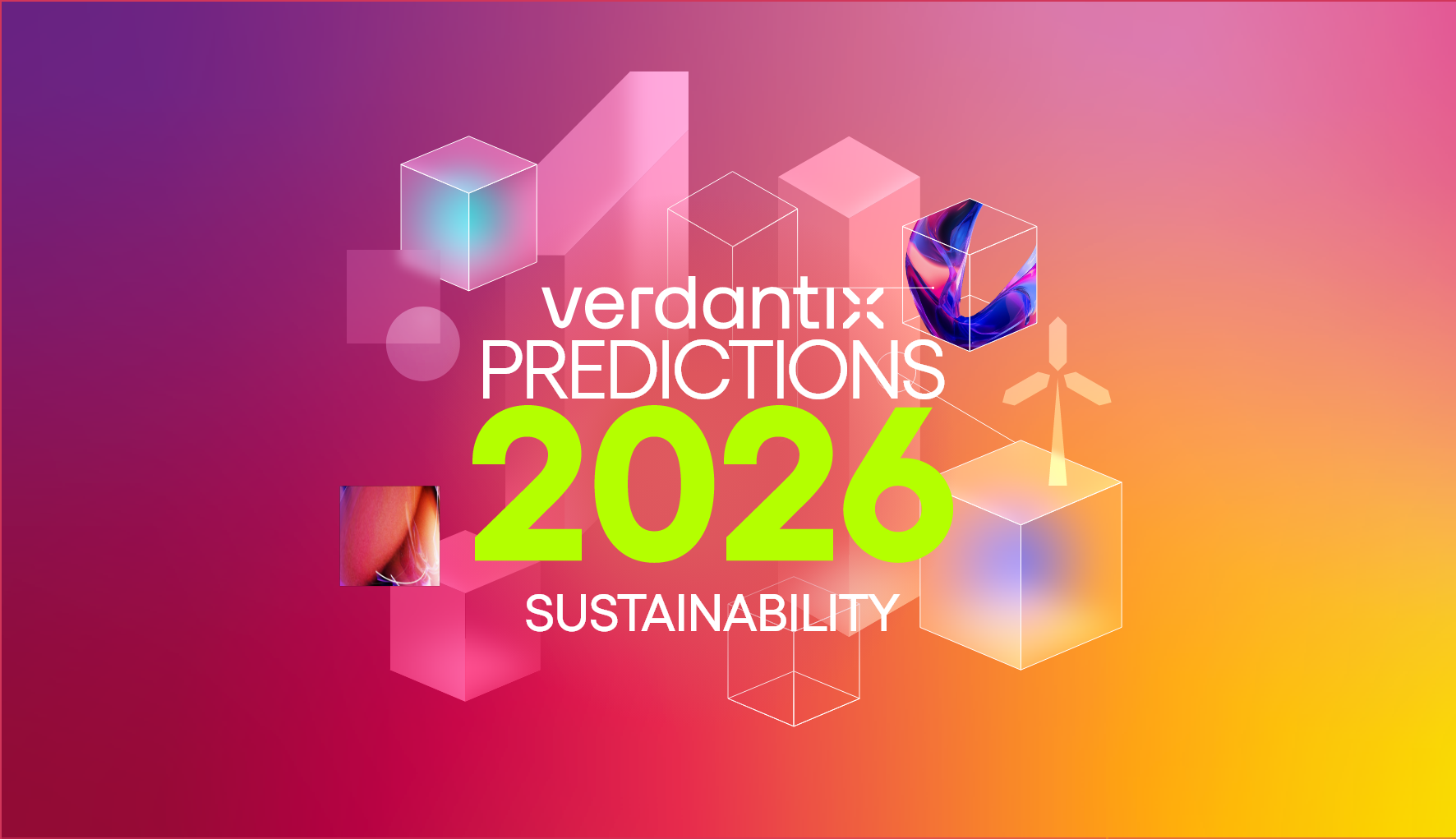The CSRD, The Omnibus And The Case For A Reset
Was the scope and pace of the CSRD its Achilles’ heel?
On April 3, 2025, the European Parliament approved the much-anticipated ‘stop-the-clock’ element of its Omnibus proposal – finally offering clarity to businesses in the EU and beyond about the timeline for upcoming disclosure requirements. The decision pushes back the implementation of the Corporate Sustainability Reporting Directive (CSRD) by two years for organizations not yet within its scope and delays the Corporate Sustainability Due Diligence Directive (CSDDD) by one year.
Since it was first proposed in 2021, the CSRD captured the attention of sustainability leaders (see Smart Innovators: Consulting Services For CSRD And ESG Regulation Readiness). However, this focus has led to unintended consequences: many firms over-indexed on compliance deadlines, focused on data for data’s sake, and began treating reporting as the end goal rather than a tool to drive sustainability action. The Omnibus proposal, if fully adopted, offers a much-needed reset – which could be a very good thing.
Will the Omnibus be a step forward for sustainability?
- From rush to readiness.
Under pressure to meet tight timelines, many firms were racing to publish CSRD-compliant reports, often without the right internal systems or data structures in place. With extended deadlines, organizations can take a more strategic approach, focusing on building the digital infrastructure needed to generate meaningful, investor-grade data. This perspective was echoed in our recent webinar poll, where over 20% of the 280 respondents said the Omnibus changes would actually increase their ESG and sustainability software spend (see The Results Are In: Sustainability Commitments Continue, Despite Omnibus Shake-Up).
- Separating strategy from compliance.
The CSRD’s initial rollout did not leave much room for firms to thoughtfully evolve their sustainability strategies. Instead, the rush to comply led to a tick-box mentality. With breathing space, organizations can treat double materiality assessments (DMAs) as what they’re meant to be: strategic tools that align sustainability goals with business vision (see Buyer’s Guide: ESG And Sustainability Strategy Services (2025)).
- Rebalancing roles and responsibilities.
Across the EU, ESG and sustainability teams found themselves becoming de facto compliance officers, spending more time on reporting than on implementing real change. A Verdantix Sustainability Council member noted that the emphasis on regulations has made some stakeholders forget why sustainability matters in the first place (see Verdantix Sustainability Council Reveals What's Top Of Mind For Sustainability Leaders). The Omnibus proposal offers a chance to shift that balance. With extended timelines, sustainability teams can re-centre their work around performance improvement, not just reporting.
A real opportunity to do sustainability right
Rather than seeing the Omnibus-induced delay as a setback, firms should treat it as a strategic window. A chance to reset, build the right foundations and align reporting efforts with the broader goal: sustainability-aligned business transformation. Because ultimately, that’s what sustainability regulations like the CSRD were designed to drive.
If you’re looking to understand the implications of the Omnibus proposal on sustainability software, please read Strategic Focus: Unpacking The EU Omnibus And Its Impact On Sustainability Software. And stay tuned – our upcoming research will dive into the impact of American headwinds and the Omnibus proposal on sustainability services.
About The Author

Priyanka Bawa
Senior Analyst





